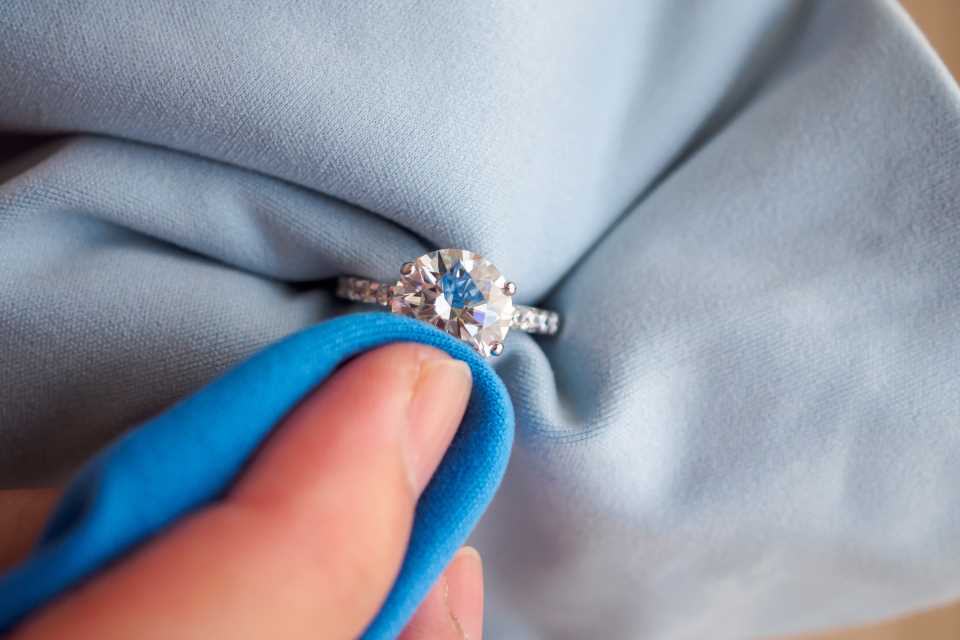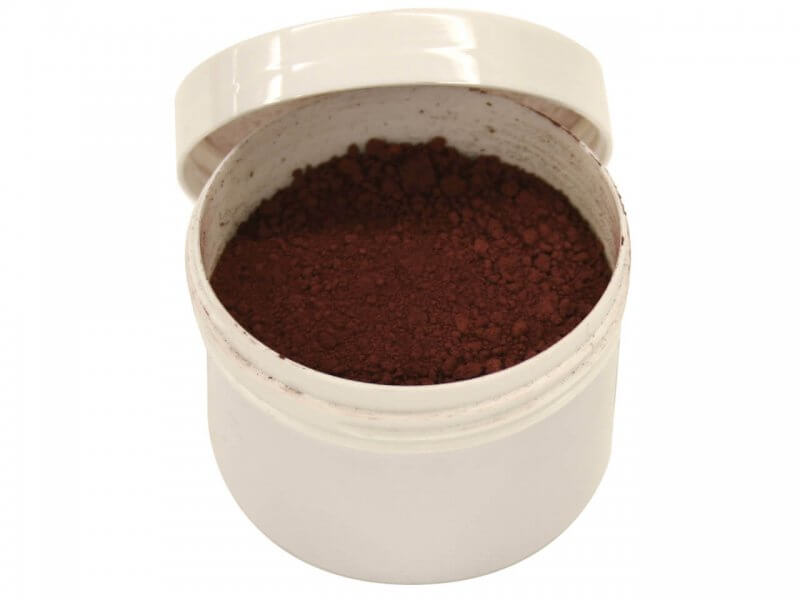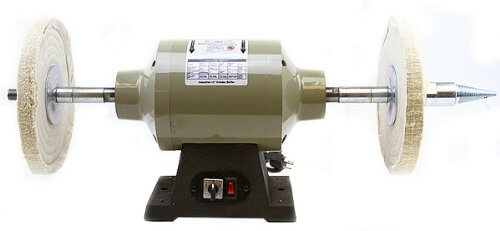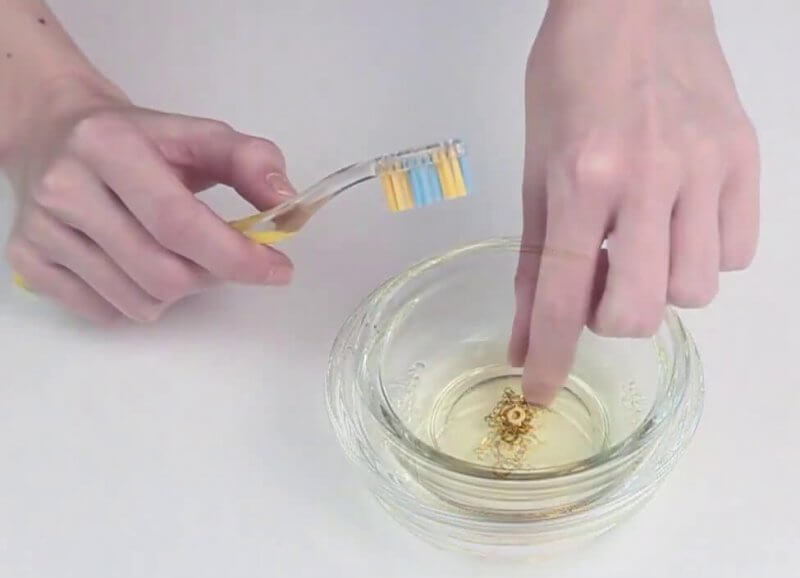
When creating new jewelry pieces for your collection, you may want to add a high shine mirror finish to your silver and gold. The best way to achieve this? Discover The Truth About Utilizing Jeweler’s Rouge
Create Brilliant Shine of Jewelry with Jeweler’s Rouge
Jeweler’s Rouge polishing compound

Jeweler’s rouge (also known as polishing rouge or jewelers rouge) is a very fine compound originally developed by the jewelry trade.
It is used mainly for buffing, achieving a high shine with precious metals such as silver and gold.
Made from finely ground iron oxide, or more commonly known as “rust”. Jeweler’s rouge comes in a dark red color, following its namesake rouge.
The iron oxide (or ferric oxide) commonly mixed with tallow, which acts as a greasy binding element for jeweler’s rouge to take the form of a block or jeweler’s rouge bar.
Using jeweler’s rouge in bar form allows you to easily apply it to your metal polishing mops and jewelry polishing motor.
The ferric oxide is gently abrasive, allowing a fine powder to appear on the jewelry as you work.
Different consistencies of Jeweler’s Rouge

Although all forms of jeweler’s rouge made from the same substances, there can be variations in consistency and texture depending on coarseness:
- Coarsely-ground oxide – results in larger jeweler’s rouge particles, with a rougher polish.
- Finely-ground oxide – results in smaller, finer particles, with less cutting action but a more delicate polish.
The greasy binding of jeweler’s rouge can also vary, depending on manufacturer preference.
Some can make the jeweler’s rouge dry and crumbly, which does result in a quicker clean-up.
However, your work environment will be dustier.
A greasier jeweler’s rouge bar is better to work with in terms of less dust, but will take longer to clean up after as you remove greasy residue from your metal.
Applying to your metal polishing mops

If you’re using a jeweler’s rouge bar for your finishing touch, apply it to your choice of metal polishing mop or pendant wheel. Then attach this to your polishing motor or pendant drill.
For this, you primarily want to avoid stiff mops, such as calico, and opt for softer, unstitched mops made from cotton, muslin, or wool instead.
Once you’re polishing your metal with your mop and motor or pendant drill, take care because this process will generate heat.
This is due to the abrasive properties of jeweler’s rouge, and the friction caused by the speed of the polishing motor.
Also, be wary of how your buffing wheel polishes metal with square edges. This can result in a rounder result if you aren’t careful.
Removing Jeweler’s Rouge residue

When you’ve finished polishing your piece, don’t forget to remove any residue. The best solution for this is hot soapy water and a toothbrush.
Make sure your water is hot and not lukewarm. Otherwise, it won’t melt the grease, and you’ll struggle to get rid of the residue.
So, will you invest in some jeweler’s rouge for your next project? Make sure to Discover The Truth About Utilizing Jeweler’s Rouge.
P.S. Royi Sal Jewelry, as a decades-long leader in silver jewelry design and manufacturing, invites you to download our latest magazine here and profit from the exceptional or best-seller jewelry designs at affordable prices for 2019 you will find in the magazine. Click here to download it now.
Share this post

